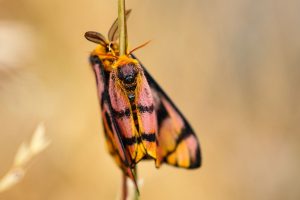2023 June 23
Marie O’Shaughnessy spent an hour in Uplands Park on June 22. Among other things there she counted 33 Essex Skippers and 45 Sheep Moths. Here are two Sheep Moths.
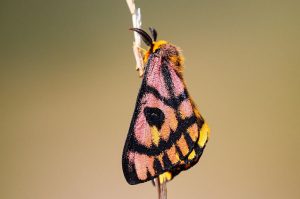 Sheep Moth Hemileuca eglanterina (Lep.: Saturniidae)
Sheep Moth Hemileuca eglanterina (Lep.: Saturniidae)
Marie O’Shaughnessy
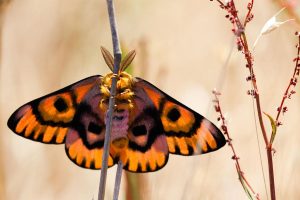 Sheep Moth Hemileuca eglanterina (Lep.: Saturniidae)
Sheep Moth Hemileuca eglanterina (Lep.: Saturniidae)
Marie O’Shaughnessy
Jochen Möhr writes this morning from Metchosin that things are getting livelier and more diverse. Here is a selection of what turned up at his house last night.
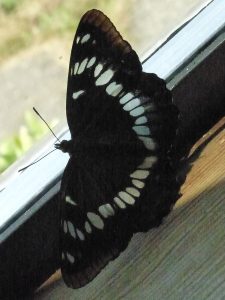 Lorquin’s Admiral Limenitis lorquini (Lep.: Nymphalidae)
Lorquin’s Admiral Limenitis lorquini (Lep.: Nymphalidae)
Jochen Möhr
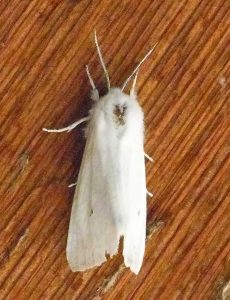 Virginia Tiger Moth Spilosoma virginica
Virginia Tiger Moth Spilosoma virginica
(Lep.: Erebidae – Arctiinae)
Jochen Möhr
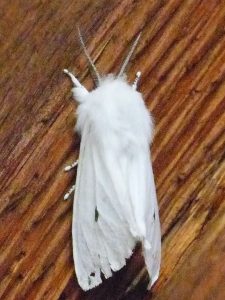 Virginia Tiger Moth Spilosoma virginica
Virginia Tiger Moth Spilosoma virginica
(Lep.: Erebidae – Arctiinae)
Jochen Möhr
 Virginia Tiger Moth Spilosoma virginica
Virginia Tiger Moth Spilosoma virginica
(Lep.: Erebidae – Arctiinae)
Jochen Möhr
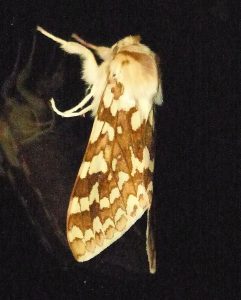 Spotted Tiger Moth Lophocampa maculata
Spotted Tiger Moth Lophocampa maculata
(Lep.: Erebidae – Arctiinae)
Jochen Möhr
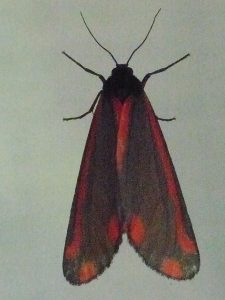 Cinnabar Moth Tyria jacobaeae (Lep.: Erebidae – Arctiinae) Jochen Möhr
Cinnabar Moth Tyria jacobaeae (Lep.: Erebidae – Arctiinae) Jochen Möhr
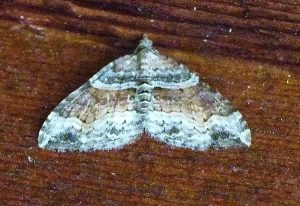 Xanthorhoe defensaria (Lep.: Geometridae) Jochen Möhr
Xanthorhoe defensaria (Lep.: Geometridae) Jochen Möhr
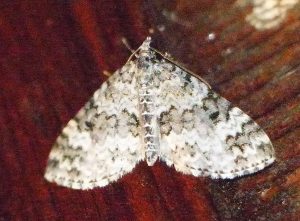 Spargania magnoliata (Lep.: Geometridae) Jochen Möhr
Spargania magnoliata (Lep.: Geometridae) Jochen Möhr
We are grateful to Libby Avis for the identification of this moth

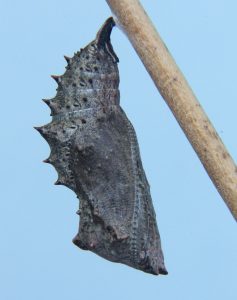 Mourning Cloak Nymphalis antiopa (Lep.: Nymphalidae)
Mourning Cloak Nymphalis antiopa (Lep.: Nymphalidae)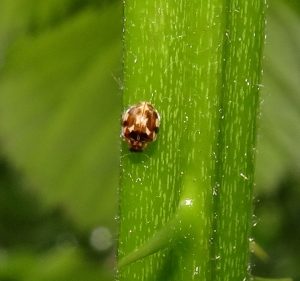 Psyllobora vigintimaculata (Col.: Coccinellidae) Ian Cooper
Psyllobora vigintimaculata (Col.: Coccinellidae) Ian Cooper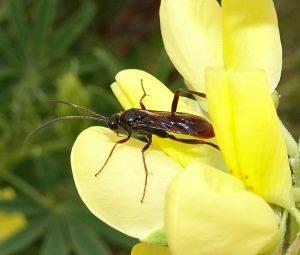 Probably Aritranis sp. (Hym. Ichneumonidae) Ian Cooper
Probably Aritranis sp. (Hym. Ichneumonidae) Ian Cooper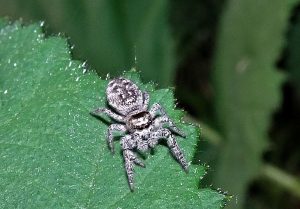 Female Eris militaris (Ara.: Saltcidae) Ian Cooper
Female Eris militaris (Ara.: Saltcidae) Ian Cooper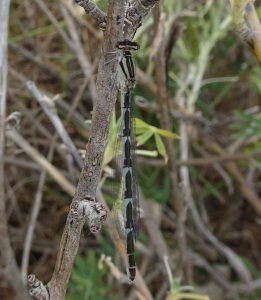 Young female Enallagma carunculatum (Odo.: Coenagrionidae) Ian Cooper
Young female Enallagma carunculatum (Odo.: Coenagrionidae) Ian Cooper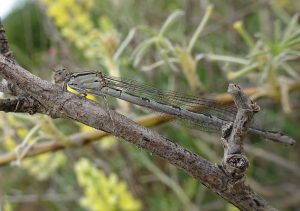 Young female Enallagma carunculatum (Odo.: Coenagrionidae) Ian Cooper
Young female Enallagma carunculatum (Odo.: Coenagrionidae) Ian Cooper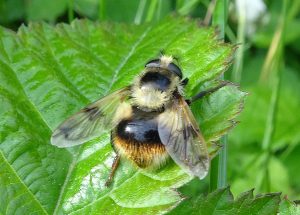 Volucella facialis (Dip.: Syrphidae) Ian Cooper
Volucella facialis (Dip.: Syrphidae) Ian Cooper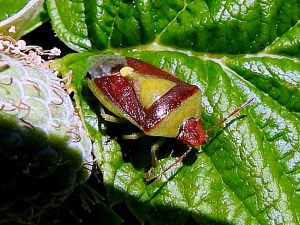 Banasa dimidiata (or dimiata) (Hem.: Pentatomidae) Val George
Banasa dimidiata (or dimiata) (Hem.: Pentatomidae) Val George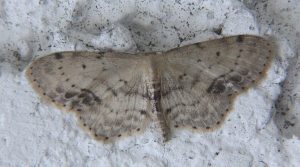 Idaea dimidiata (Lep.: Geometridae) Jeremy Tatum
Idaea dimidiata (Lep.: Geometridae) Jeremy Tatum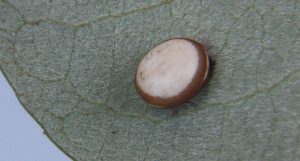 Polyphemus Moth Antheraea polyphemus (Lep.: Saturniidae) Jeremy Tatum
Polyphemus Moth Antheraea polyphemus (Lep.: Saturniidae) Jeremy Tatum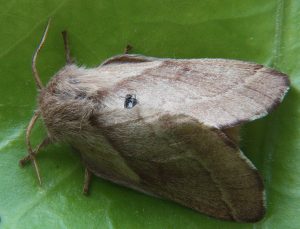 Female Malacosoma californicum (Lep.: Lasiocampidae)
Female Malacosoma californicum (Lep.: Lasiocampidae)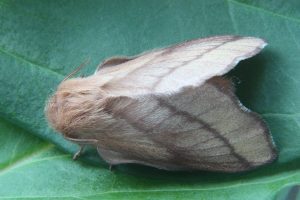 Female Malacosoma disstria (Lep.: Lasiocampidae)
Female Malacosoma disstria (Lep.: Lasiocampidae)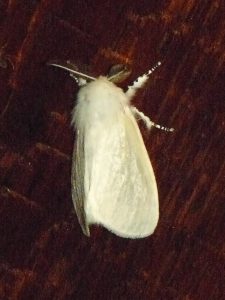 Leucoma salicis (Lep.: Erebidae – Lymantriinae) Jochen Möhr
Leucoma salicis (Lep.: Erebidae – Lymantriinae) Jochen Möhr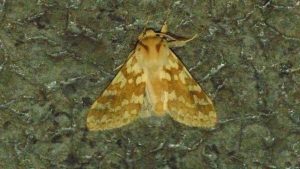 Lophocampa maculata (Lep.: Erebidae – Arctiinae) Jochen Möhr
Lophocampa maculata (Lep.: Erebidae – Arctiinae) Jochen Möhr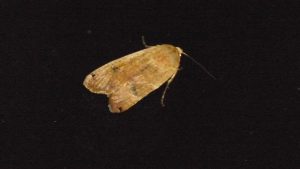 Noctua pronuba (Lep.: Noctuidae) Jochen Möhr
Noctua pronuba (Lep.: Noctuidae) Jochen Möhr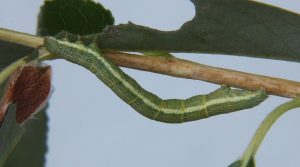 Macaria lorquinaria (Lep.: Geometridae) Jeremy Tatum
Macaria lorquinaria (Lep.: Geometridae) Jeremy Tatum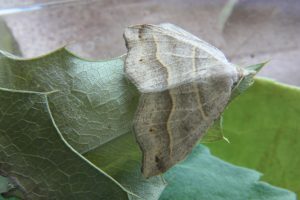 Macaria lorquinaria (Lep.: Geometridae) Jeremy Tatum
Macaria lorquinaria (Lep.: Geometridae) Jeremy Tatum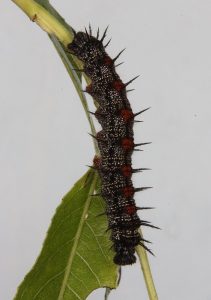 Mourning Cloak Nymphalis antiopa (Lep.: Nymphalidae)
Mourning Cloak Nymphalis antiopa (Lep.: Nymphalidae)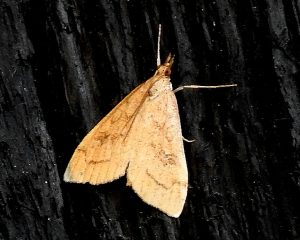 Udea profundalis (Lep.: Crambidae) Val George
Udea profundalis (Lep.: Crambidae) Val George Lorquin’s Admiral Limenitis lorquini (Lep.: Nymphalidae)
Lorquin’s Admiral Limenitis lorquini (Lep.: Nymphalidae)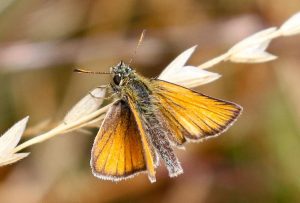 Essex Skipper Thymelicus lineola (Lep.: Hesperiidae)
Essex Skipper Thymelicus lineola (Lep.: Hesperiidae)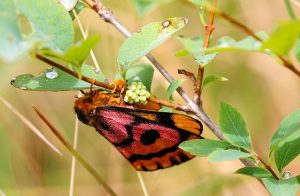 Sheep Moth Hemileuca eglanterina (Lep.: Saturniidae)
Sheep Moth Hemileuca eglanterina (Lep.: Saturniidae)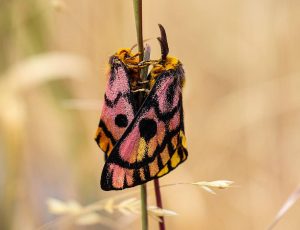 Sheep Moths Hemileuca eglanterina (Lep.: Saturniidae)
Sheep Moths Hemileuca eglanterina (Lep.: Saturniidae)